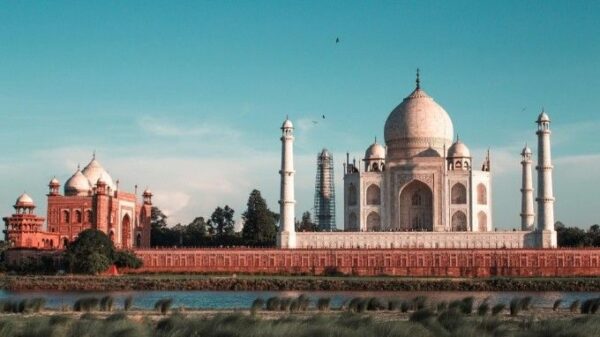From ancient times, India had a very rich culture and craftsmanship. Some reports state that when it comes to ”Ancient Indian Civilization and how it shaped today’s handicrafts” the handicrafts of India are older than five million years ago. Ancient India almost laid the foundation of today’s fashion trends and styles. Other than that, these crafts also represent the history of India and its rich skills and how the social structure was advanced at that time. Other than that, it proves that even the products which we wear today carry the aesthetics of an old, renowned India.
The Indus Impact
When it comes to ”Ancient Indian Civilization and how it shaped today’s handicrafts”, many things have taken birth from the Indus Valley Civilization and the handicrafts of India are also one of them. When people lived in old Harappa and Mohenjodaro, they were deeply interested in artistic expression and they seemed to think of accessories as a way to proudly define themselves. For example, the Dancing Girl of Mohenjodaro does not only showcase the lost wax method but also excellent craftsmanship that can only be done by a master along with an aesthetic sensilibility.
Vedic and Mauryan Era

When we discuss about ”Ancient Indian Civilization and how it shaped today’s handicrafts”, in the later vedic ages, craft and aesthetics became the central point of ritualistic needs due to the upliftment of religion. Metal idols of lord rama and lord krishna were very popular and people often bought decorated vessels and stone altars. People liked to work as weavers, carpenters, potters etc. The social structure at that time was extremely defined. At the time of the Mauryan era, craftsmanship reached a new height of success because wood carving began to gain recognition. Emperor Ashoka was fond of intricate carvings and he liked to see precision in art forms. That is why a number of monuments were created during his reign. For example, the Ashokan pillars were made of polished sandstones and they had a top of exquisite animal capitals. These Ashokan pillars are simply incomparable when it comes to the extreme amount of symmetry that they possess. Many temples and sculptures were also created during this era. The Sarnath Lion Emblem is a direct descendant of the excellent Mauryan sculptures.
The spirit of Mauryan detailing is carried in the wood work of Kashmir or the temple carvings in the Bhubaneshwar temples which are a delightful sight to look at.
The Gupta Period

It is arguably the brightest time of Indian handicrafts and art. This era was referred to as the golden age of India. Art was a seen as a way to showcase the very divine. Jewelry making was definitely supported by royal institutions as well as the temples. Even metal casting which is common today was prospering at that time. For example, the Ajanta and Ellora caves are stunning symbolisms of the craftsmanship possessed by them at that time because these caves have a great number of frescoes and sculptures and they showcase how perfect the craftsmen were when it came to deciding and balancing the color, the proportion and the spirituality aspect which did not only inspire the new Indian temples but also south eastern temples. The Guptas also began to weave textiles like cotton and silk which were created for the nobility and were even sold to countries like Greece and Rome. This kind of textile weaving can be spotted in the Kanjeevarams and Banarasis worn gracefully by Indian women today.
In conclusion, all these eras have inspired Indian handicrafts in some good way or the other.
Author
Shreeja Mukherjee


